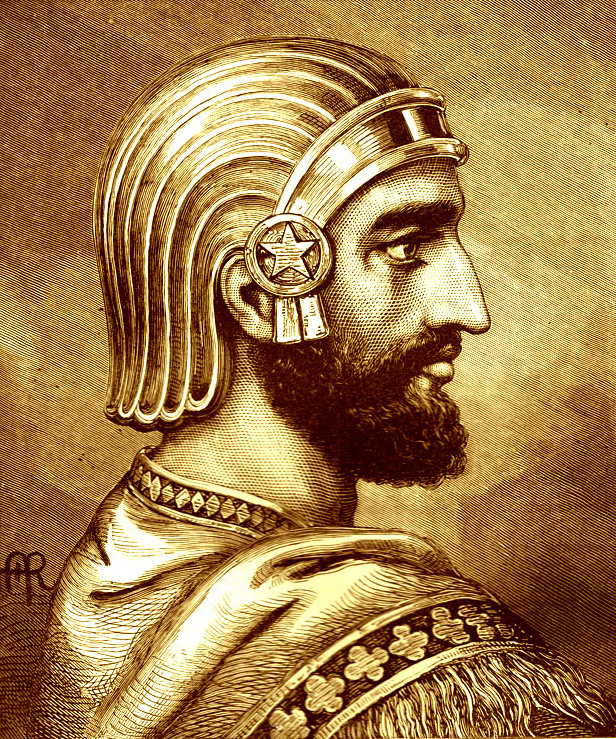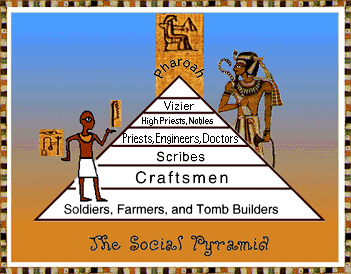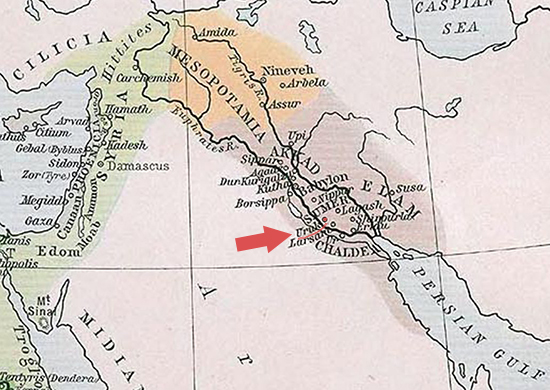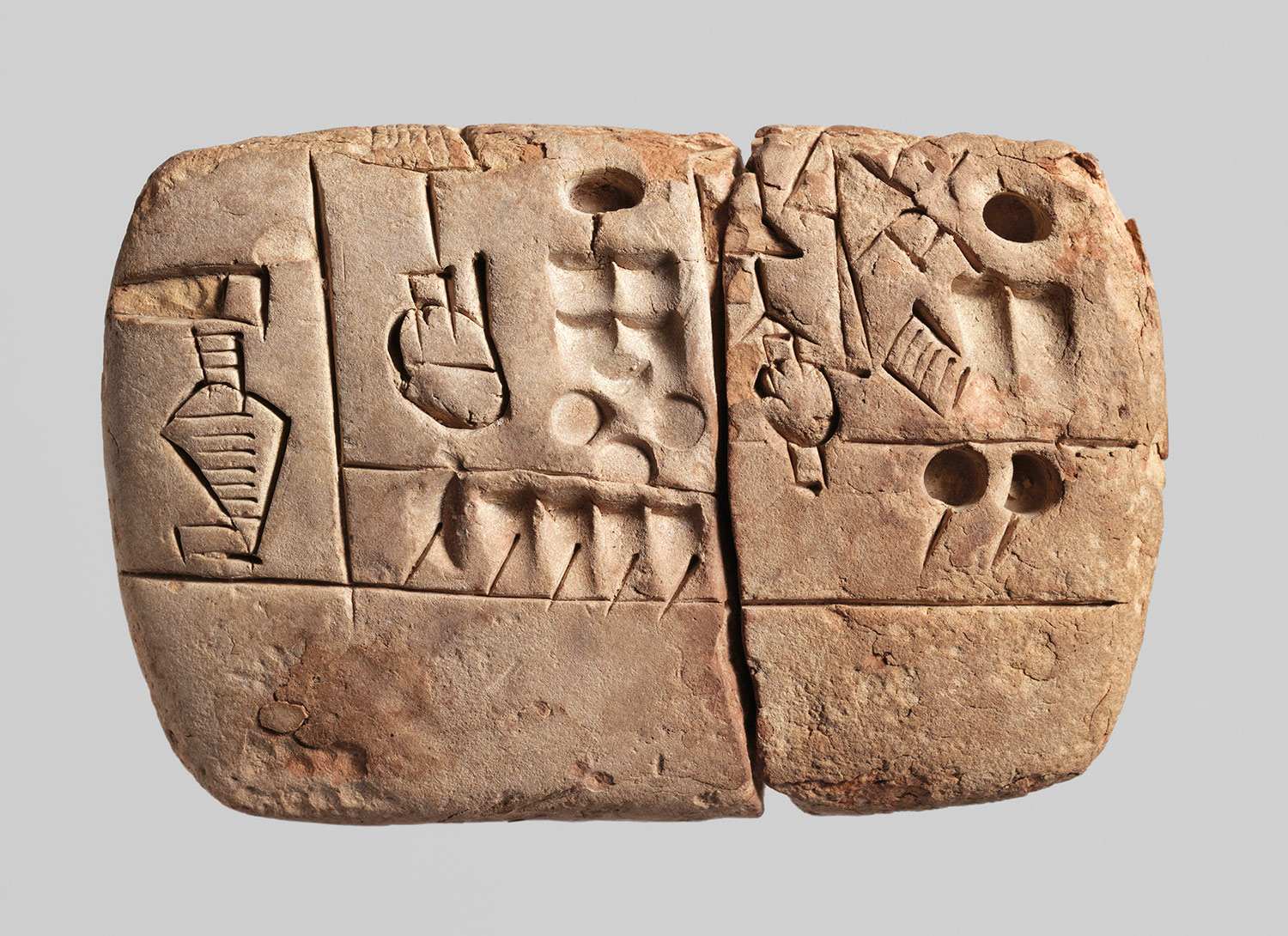-Babylonian welcomed Cyrus as a liberator; He freed a lot of Jews from Babylon. For this, Cyrus showed great forbearance and respect towards the religious beliefs and cultural traditions of other races. These qualities earned him the respect and homage of all the people over whom he ruled.
-He conquered the Mede’s and after that he founded a government for his new kingdom, incorporating both Median and Persian nobles as civilian officials.
-He conquered the Mede’s and after that he founded a government for his new kingdom, incorporating both Median and Persian nobles as civilian officials.
-He founded a new capital city at Pasargade in Fars and also established a government for his Empire.
-He declared the first charter of human rights known to mankind.
-He invented the first postal system; adopted by the future emperors of the Achaemenian dynasty.
-He declared the first charter of human rights known to mankind.
-He invented the first postal system; adopted by the future emperors of the Achaemenian dynasty.
 Darius the Great (550 – 486 BCE) was the third king of Achaemend Emperor. Darius proved to be a strong and wise ruler. He was tolerant toward other religions and cultures, promoted learning, agriculture, forestation, and the construction of highways. He also built the great palace cities of Susa and Persepolis.
Darius the Great (550 – 486 BCE) was the third king of Achaemend Emperor. Darius proved to be a strong and wise ruler. He was tolerant toward other religions and cultures, promoted learning, agriculture, forestation, and the construction of highways. He also built the great palace cities of Susa and Persepolis. - Revolutionized the economy by placing it on a silver and gold coinage system.
- Trade was extensive, and under the Achaemenids there was an efficient infrastructure that facilitated the exchange of commodities among the far reaches of the empire; Persian words for typical items of trade became prevalent throughout the Middle East and eventually entered the English language; examples are, bazaar, shawl, sash, turquoise, tiara, orange, lemon, melon, peach, spinach, and asparagus.
- codification of the data, a universal legal system upon which much of later Iranian law would be based, and construction of a new capital at Persepolis, where vassal states would offer their yearly tribute at the festival celebrating the spring equinox.
 Xerces the Great was the grandson of Cyrus and the son of Darius. Like them an Achaemenid, Xerxes I was king of the Persian Empire. (520 - 465 B.C) Xerxes was not the first-born son of Darius, but he was the first son of Darius' wife Atossa, the daughter of Cyrus, which put him in the succession. Xerxes suppressed a revolt in Egypt. He fought against the Greeks in the Persian Wars, winning a victory at Thermopylae and suffering defeat at Salamis.
Xerces the Great was the grandson of Cyrus and the son of Darius. Like them an Achaemenid, Xerxes I was king of the Persian Empire. (520 - 465 B.C) Xerxes was not the first-born son of Darius, but he was the first son of Darius' wife Atossa, the daughter of Cyrus, which put him in the succession. Xerxes suppressed a revolt in Egypt. He fought against the Greeks in the Persian Wars, winning a victory at Thermopylae and suffering defeat at Salamis.- When a storm destroyed the bridges he had built to cross the Hellespont, he had them rebuilt and for seven days oversaw the crossing of his army, numbering 360,000 troops by modern estimates, supported by more than 700 ships.
- He began an extensive building campaign at Persepolis.
- He killed his brother's family at the queen's demand. He was murdered by members of his court.
- The beginning of the decline of the Achaemenid dynasty.









